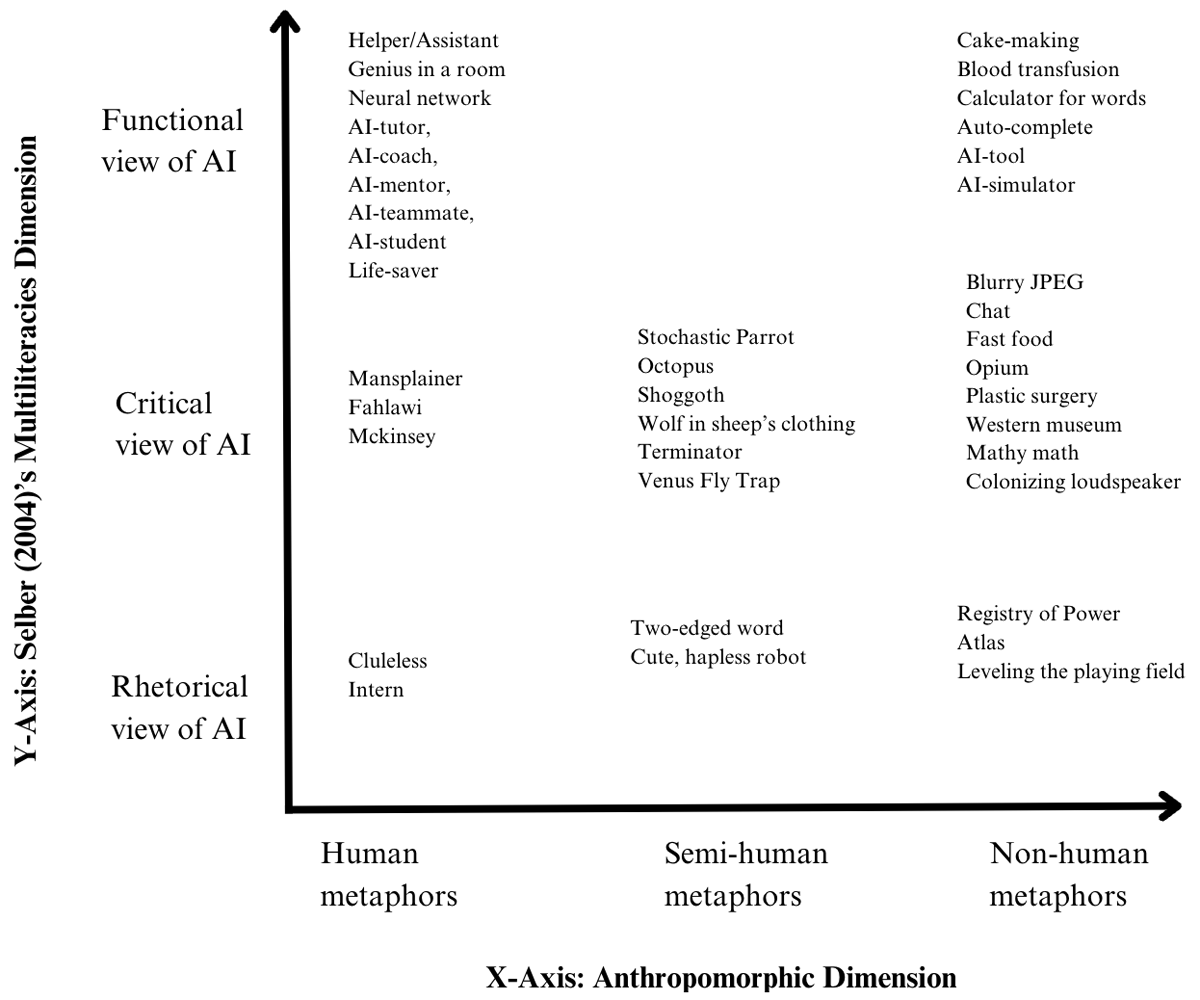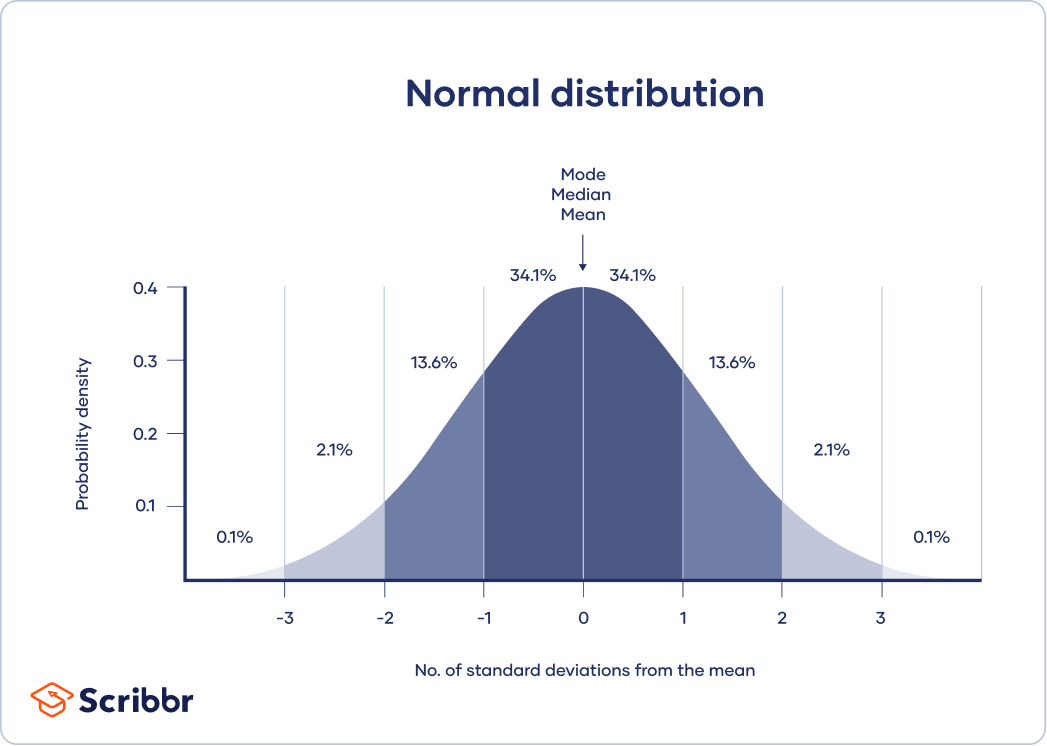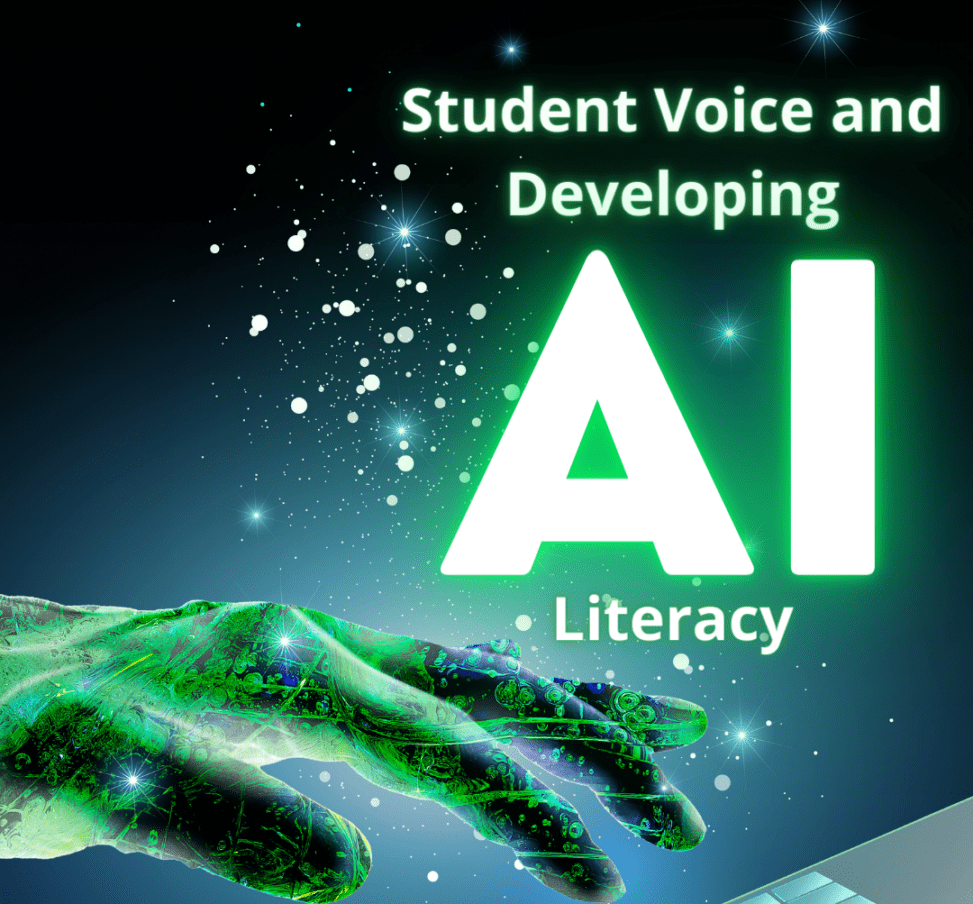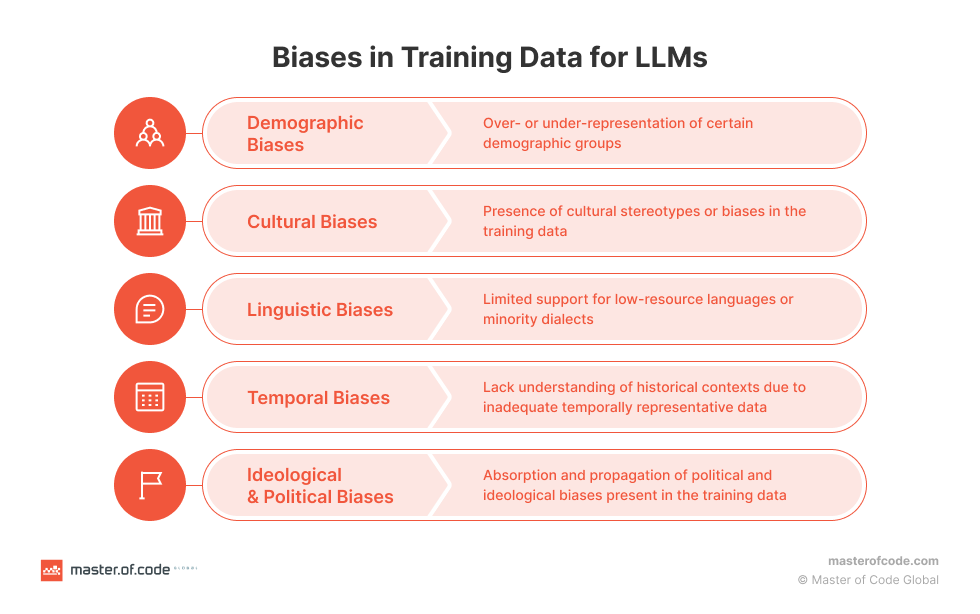- Brief Description of Resource
- This assignment introduces students to the power of reflection in creating self-awareness. It also introduces students to the potential pitfalls of outsourcing reflection to Generative AI while helping them to self-identify what Generative AI might be useful for in their student experiences.
- Instructions for Use/Implementation
- Create a clear rubric for grading
- Introduce the assignment and have a short class overview and discussion (detailed below)
- Students complete assignment
- Grade students based on the rubric shared, provide feedback, answer questions, and provide thoughtful reflection and follow-up questions.
- After the assignment has been submitted, provide time in class to reflect and share
- AI Tool Used
- LLM (ChatGPT, Claude, Lex, etc.)
- Prep Time Needed
- Adjusting and uploading the assignment into Canvas, prepping for class discussions
- Adjusting and uploading the assignment into Canvas, prepping for class discussions
- Student Learning Outcomes
- Critically evaluate Generative AI use on reflection, self-awareness, and learning
- Understand challenges created and perpetuated by Generative AI, specifically based on LLM learning methods
- Consider areas in which AI might be useful and ethical
- Assessment Considerations
- Assess for completion and insight, plan to interact with student submissions to provide feedback, clarification, etc.
- Recommended Course Size
- Any
- Recommended Discipline(s)
- All disciplines where student reflection and the development of voice are important
- Student Role(s)
- Learners/thinkers/assignment completers
- Instructor Role
- Facilitator/querier/assessor
Context for Instructors:
Consider what you know and think of Generative AI use before the assingment and course discussions. As needed, use this context and other research to help inform your course discussion, understanding, and course policies.
Consider your perceptions of Generative AI and how your perception may influence your feelings, trust, and the way you interact with the resource. Consider the same for your students. Consider the following metaphorical categorizations of AI and how they range widely from functional to critical and human to non-human.
Image
In considering metaphors associated with Generative AI and how LLMs obtain the information they use, “Assistant, Parrot, or Colonizing Loudspeaker? ChatGPT Metaphors for Developing Critical AI Literacies” notes: “Another kind of critical metaphor pointed toward the ways in which AI systems and language models in particular reproduce and amplify existing power dynamics. Metaphors like a “western museum” and a “colonizing loudspeaker,” for example, arose in workshops Author 4 facilitated at the American University of Cairo and for Equity Unbound, and in conversations amongst the authors of this article (inspired by the work of Owusu-Ansah, 2023). “Colonizing loudspeaker” refers to the way in which the prevalence of colonial perspectives in the training dataset for ChatGPT and other language models will tend to make its output reflect colonial viewpoints and language norms. Widespread adoptions of these models will spread these perspectives rapidly while creating the impression that they are neutral since they come from an automated system.” (Gupta, A., Atef, Y., Mills, A. and Bali, M. (2024) ‘Assistant, Parrot, or Colonizing Loudspeaker? ChatGPT Metaphors for Developing Critical AI Literacies’, Open Praxis, 16(1), p. 37–53. Available at: https://doi.org/10.55982/openpraxis.16.1.631.)

(Gupta, A., Atef, Y., Mills, A. and Bali, M. (2024) ‘Assistant, Parrot, or Colonizing Loudspeaker? ChatGPT Metaphors for Developing Critical AI Literacies’, Open Praxis, 16(1), p. 37–53. Available at: https://doi.org/10.55982/openpraxis.16.1.631.)
Assignment Text Shared in Canvas:
This course provides many opportunities for self-reflection. Assignments and class discussions help you reflect on:
- How you learn
- What you have learned
- What you think, believe, and hope about what you have learned
- Your motivations, challenges, unique perspectives, strengths, and voice
In this assignment, you’ll read through information, complete a short activity, and reflect on:
- The power of developing and using your voice and sharing your unique perspective,
- Your understanding and perspective of Generative AI,
- How Large Language Models (LLMs) that create Generative AI are trained and obtain the data they use to interact with you and others, including potential for bias and the perpetuation of inequity, current power structures, and imbalances in cultural capital,
- Academic integrity and other implications of choosing to use or forgo the use of Generative AI.
Helpful Student Context and Course Policy Notes
Self-reflection provides an environment in which you learn more about yourself, your interactions with others, and your student journey.
The use of Generative AI is not wholly prohibited in this class, and I feel it is important to inform yourself as you consider the use of Generative AI in this (and other) courses, including:
The power of developing and using your voice and sharing your unique perspective:
Read through and reflect on the following post: “A voice is a tool that transports us into the future. A future that has more possibilities and more solutions. A voice is a tool that can be used for standing up for what is right, rather than what is easy. A voice gives your opinions a platform, and gifts you with the opportunity to have perspective and knowledge on things that matter. No two voices are the same, each voice has something different to say. And in a world that needs to represent freedom and democracy, a voice is a powerful symbol of this. It is what has allowed people to protest injustice, to sing for freedom, or simply speak the truth. A voice can be a source of hope in difficult times.
Using your voice for the truth is important to create a better world. Everyone’s voice matters. It is important to not let yourself become silenced, because when a voice is not used it prevents the opportunity for a true democracy where each voice is valued in a peaceful manner. Voices convey passion and excitement; voices can convey anything, whether it’s a feeling, a place, or an idea. In a way, voices are a superpower if you know how to use it.
Voices can be used to create change. People can take anything material from you, but your voice is one of the things that cannot be taken away. Voices are meant to encourage other voices too, to unite and support each other. One of the most powerful things someone can do is to use their voice.” (Wafiya. “The Power of Using your voice.” U Report UNICEF, 7 Feb 2021, https://www.voicesofyouth.org/blog/power-using-your-voice)
How Large Language Models (LLMs) that create Generative AI are trained and obtain the data they use to interact with you and others, including potential for bias and the perpetuation of inequity, current power structures, and imbalances in cultural capital.
Watch and reflect on this video to develop additional context:
@mor10web #chatgpt doesn’t know anything. the key to #ailiteracy is understanding this foundational fact. #ai #artificialintelligence #aieducation #edutok cc @Gibson is the name!
(Mor10web. “#chatgpt doesn’t know anything. the key to #ailiteracy is understanding this foundational fact.” TikTok, 4 Sep. 2023, https://www.tiktok.com/@mor10web/video/7275002432323603717)
(Bilan, Maryna. “LLMs Myths vs Reality: What You Need to Know Before the Invest.” 6 Feb 2024, https://masterofcode.com/blog/llms-myths-vs-reality-what-you-need-to-know-before-the-invest)
What does this all “mean” for you as you consider using Generative AI?

(Bhandari, Pritha. “How to Find the Mean: Definition, Examples & Calculator.” Scribbr, 9 Oct 2020, https://www.scribbr.com/statistics/mean/)
Reflect on the following statement: If Generative AI is creating a voice and response based on the “mean,” what impact does that have on your voice?
Academic integrity implications of using Generative AI
It is important to learn and understand the expectations of your individual classes and instructors regarding the use of Generative AI in assignment completion at any stage, as policies and expectations may vary from course to course. If you do utilize Generative AI in courses in which it is allowed, always be sure “…give special attention to how you acknowledge and cite the output of those tools in your work. You should always check with your instructor before using AI for coursework.” (“Generative Artificial Intelligence.” Brown University Library. Spring 2023. https://libguides.brown.edu/c.php?g=1338928&p=9868287)
Assignment Submission Reflection Questions:
Complete the following activities (submitting your reflection for all questions in Sections 1 and 2). You’ll use personal reflection and Generative AI and reflect on the experience and what you discovered. You’ll also identify areas of challenge and strength for personal reflection and use of Generative AI. (It may be helpful to think of it as the possible results of reflecting on the ‘mean or average’ exam score vs. reflecting on your own personal exam score).
Section 1 – Complete the following activity:
- Reflect and answer the following questions in your own words based on your experience and perspective as a CU Boulder student:
- How would you describe Generative AI?
- How would you describe success as an Engineering (or other discipline) student in your career at CU Boulder?
- What challenges have you faced in your Engineering (or other discipline) career so far at CU Boulder?
- Use Generative AI to answer these questions. You can use the following prompts or create your own based on the prompts above:
- “Briefly Describe Generative AI”
- “In less than 250 words, what is considered “success” for a university student studying engineering (or other discipline)?”
- “What challenges does a typical college engineering (or other discipline) student face?”
Section 2 – Now consider both your responses and those provided by Generative AI in reflecting on and answering the following questions:
- Compare and contrast your answers with the answers generated by the Generative AI bot:
- What is similar in the two responses? How are the two responses different?
- Compare and contrast your experience and learning in the process of answering the initial prompts:
- What was it like to answer the questions on your own first and then ask AI for answers?
- What did you learn about YOU in answering the questions yourself? What did you learn about YOU in asking Generative AI to answer the questions?
- What made the two experiences different?
- Using your understanding of how AI is trained and some of the possible inherent biases and challenges, reflect on the power of your unique perspective and the impact of using Generative AI.
- What was (or was potentially) lost through the experience of allowing Generative AI to answer a question that is personal to you and your experience?
- What was (or was potentially) gained through the experience of allowing Generative AI to answer a question that is personal to you?
- Based on all of this:
- In what ways might you want to consider using Generative AI in this class?
- What might you need to consider and evaluate in choosing to use Generative AI for this or other classes? (In studying, completing assignments, self-testing, etc.)
- What is important for you to consider BEFORE, DURING, and AFTER you use generative AI? Why?
Assignment Citations:
Wafiya. “The Power of Using your voice.” U Report UNICEF, 7 Feb 2021, https://www.voicesofyouth.org/blog/power-using-your-voice
Mor10web. “#chatgpt doesn’t know anything. the key to #ailiteracy is understanding this foundational fact.” TikTok, 4 Sep. 2023, https://www.tiktok.com/@mor10web/video/7275002432323603717
Bilan, Maryna. “LLMs Myths vs Reality: What You Need to Know Before the Invest.” 6 Feb 2024, https://masterofcode.com/blog/llms-myths-vs-reality-what-you-need-to-know-before-the-invest
Gupta, A., Atef, Y., Mills, A. and Bali, M. (2024) ‘Assistant, Parrot, or Colonizing Loudspeaker? ChatGPT Metaphors for Developing Critical AI Literacies’, Open Praxis, 16(1), p. 37–53. Available at: https://doi.org/10.55982/openpraxis.16.1.631.
Bhandari, Pritha. “How to Find the Mean: Definition, Examples & Calculator.” Scribbr, 9 Oct 2020, https://www.scribbr.com/statistics/mean/
https://www.scribbr.com/statistics/mean/
“Generative Artificial Intelligence.” Brown University Library. Spring 2023. https://libguides.brown.edu/c.php?g=1338928&p=9868287


